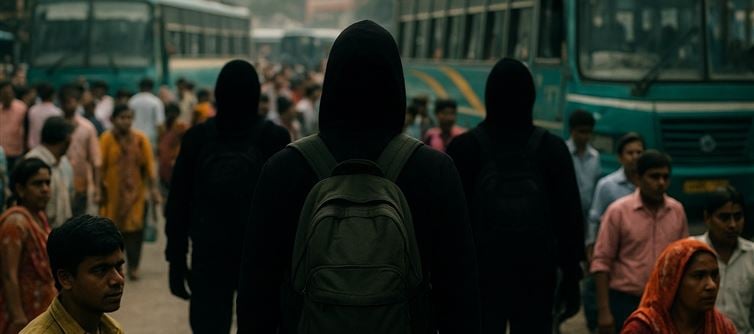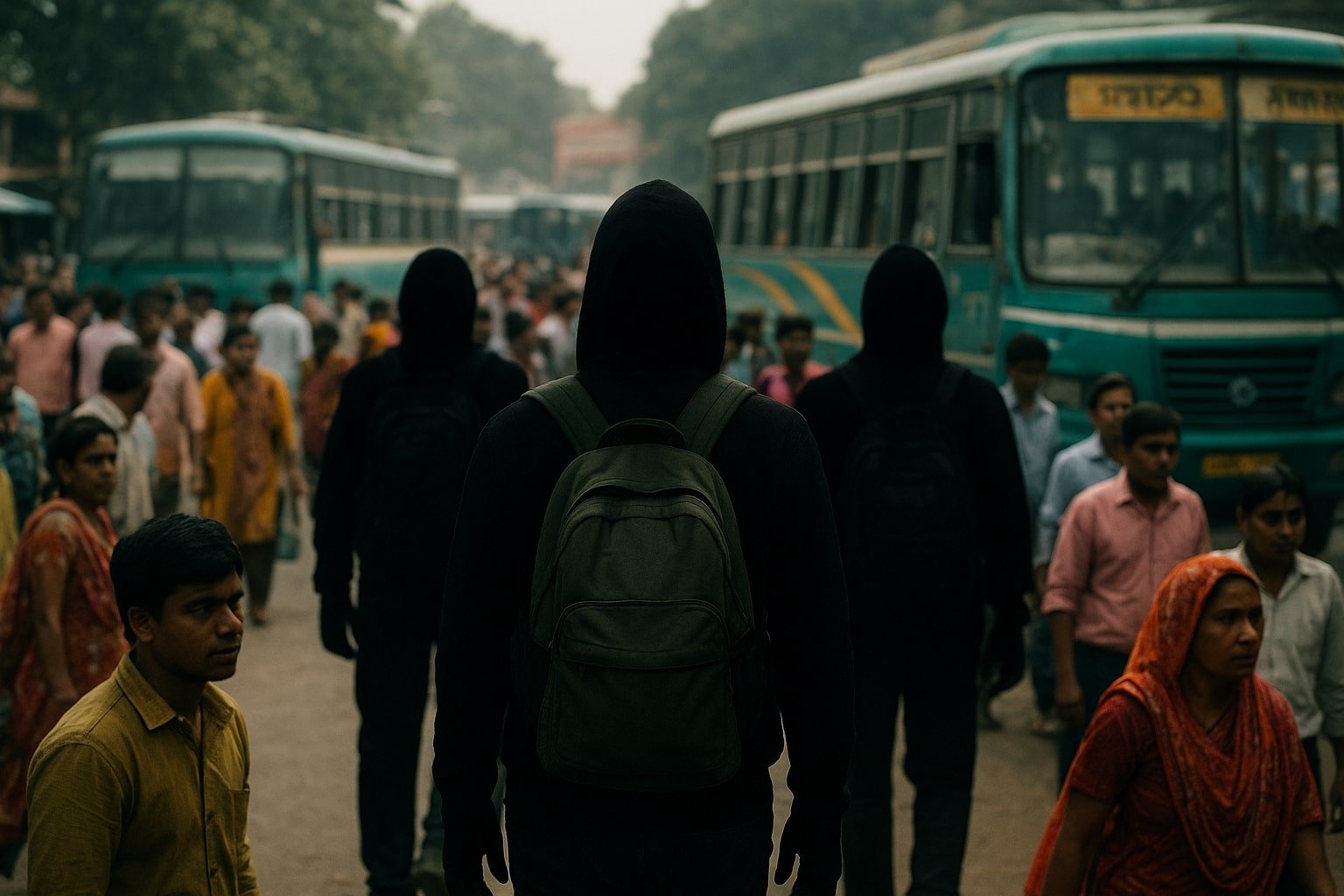
The entry of three Pakistani nationals into bihar through nepal is not just a terror alert — it is a stark reminder of India’s weakest security link.
The men — Hasnain Ali (Rawalpindi), Adil Hussain (Umerkot), and Mohd Usman (Bahawalpur) — are reported to have entered Kathmandu earlier this month before slipping into bihar last week. While bihar Police has sounded a high alert, the episode raises larger questions: How porous is the Indo-Nepal border, and how easily can it be exploited by hostile elements?
Experts point out that india shares over 1,700 km of open border with Nepal, with several entry points being lightly guarded. For decades, smugglers, counterfeit rackets, and now alleged terror networks have found this to be a convenient passage. Bihar’s situation is even more delicate, as the state heads into crucial elections, making it a potential hotspot for disruption.
What makes this infiltration more worrying is the timing. Analysts believe that attempts to create unrest in poll-bound states are not random — they are strategic disruptions, aimed at shaking public confidence and straining local law enforcement.
The police, meanwhile, are scrambling to secure bus terminals, railway junctions, and crowded market areas. But beyond the immediate chase for three individuals lies a policy failure: repeated alerts about border vulnerabilities rarely translate into long-term solutions.
In short, this is not just a story about three infiltrators. It is about how India’s backdoor remains unlocked, even as adversaries continue to test its defenses. bihar today is on high alert — but the larger question is, when will the border finally be secured?




 click and follow Indiaherald WhatsApp channel
click and follow Indiaherald WhatsApp channel